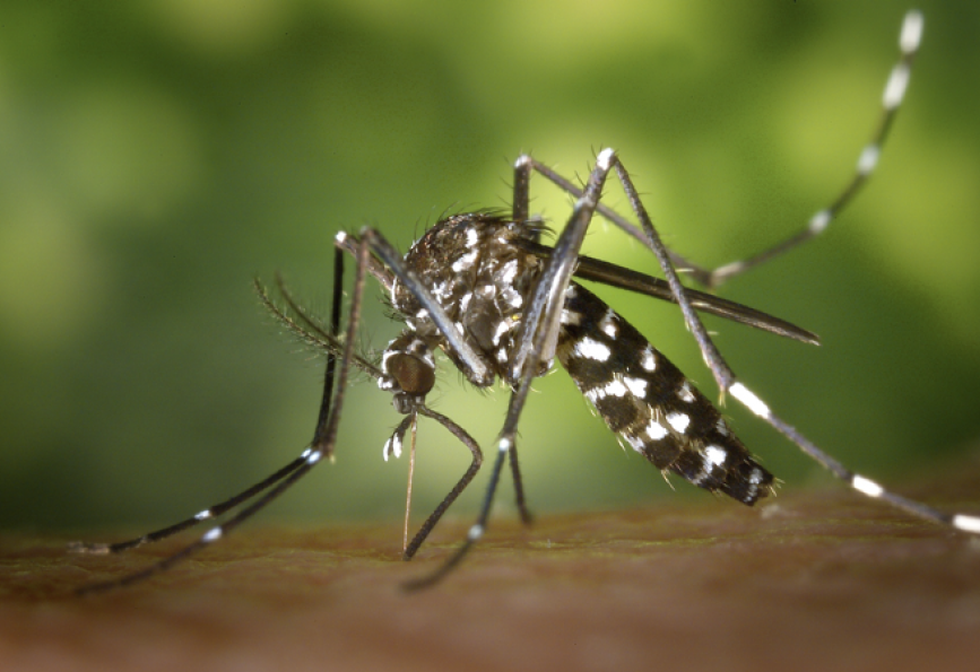The recent chikungunya outbreak in Pune and surrounding areas has been traced to the Indian Ocean lineage of the virus. Scientists from the National Institute of Virology (NIV) have conducted thorough analyses of patient samples and genome sequencing, concluding that this is not a new strain but rather a resurgence of an older variant previously circulating in India.
Genetic Analysis and Clustering
According to NIV Director Dr. Naveen Kumar, the virus shows genetic similarities with strains previously observed, indicating it is not a novel strain. The term “clustering” refers to these genetic similarities, suggesting that the core structure of the virus has remained largely unchanged.
Historical Context
The Indian Ocean strain of the chikungunya virus was first identified during mass outbreaks in 2006 on Indian Ocean islands. The island of Reunion reported over 45,000 cases within just one week.
Severity of Current Cases
Despite belonging to an established lineage, healthcare professionals in Pune are alarmed by the severity of symptoms reported in current cases. Dr. Ameet Dravid, an infectious disease expert at Noble Hospital, noted an increase in neurological, cardiac, hepatic, and respiratory complications among patients. He highlighted unusual cases of respiratory pneumonitis, which is not typically associated with chikungunya or dengue infections.
Need for Further Investigation
Dr. Dravid emphasized the importance of determining whether there are mutations present in the virus due to the large number of severe cases. A 2022 study by the NIV identified nonsynonymous mutations in the chikungunya virus found in mosquitoes, affecting both structural and nonstructural regions.
Environmental and Host-Related Factors
While the focus on the virus’s genetic makeup is crucial, experts warn against overlooking environmental and host-related factors. Dr. Jayanthi Shastri, chair professor at the Maharashtra University of Health Sciences, highlighted the significance of the epidemiological triad—the interaction between the agent, host, and environment—in understanding disease outbreaks.
Potential for Trans-Ovarian Transmission
Dr. Shastri also pointed out the possibility of “trans-ovarian transmission” in chikungunya, where infected mosquitoes could pass the virus to their offspring, potentially enhancing the virus’s spread.
Multiple-Choice Questions (MCQs):
- What lineage of the chikungunya virus has been traced in the recent outbreak in Pune?
A) African lineage
B) Indian Ocean lineage
C) Caribbean lineage
D) Asian lineage
Answer: B) Indian Ocean lineage - Who is the Director of the National Institute of Virology (NIV)?
A) Dr. Ameet Dravid
B) Dr. Jayanthi Shastri
C) Dr. Naveen Kumar
D) Dr. Shriram Joshi
Answer: C) Dr. Naveen Kumar - In which year was the Indian Ocean strain of the chikungunya virus first identified?
A) 2000
B) 2006
C) 2010
D) 2015
Answer: B) 2006 - What type of complications have been reported in chikungunya patients during the current outbreak?
A) Gastrointestinal complications
B) Neurological, cardiac, hepatic, and respiratory complications
C) Muscular complications
D) Skin-related complications
Answer: B) Neurological, cardiac, hepatic, and respiratory complications - What does Dr. Jayanthi Shastri emphasize as important in understanding disease outbreaks?
A) Genetic factors only
B) Environmental and host-related factors
C) Vaccination strategies
D) Travel history of patients
Answer: B) Environmental and host-related factors
